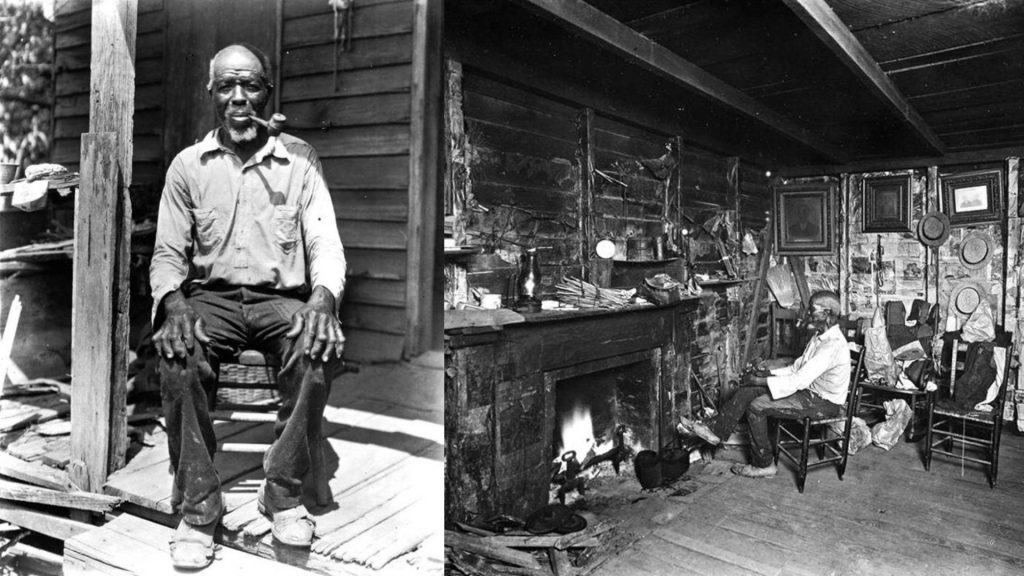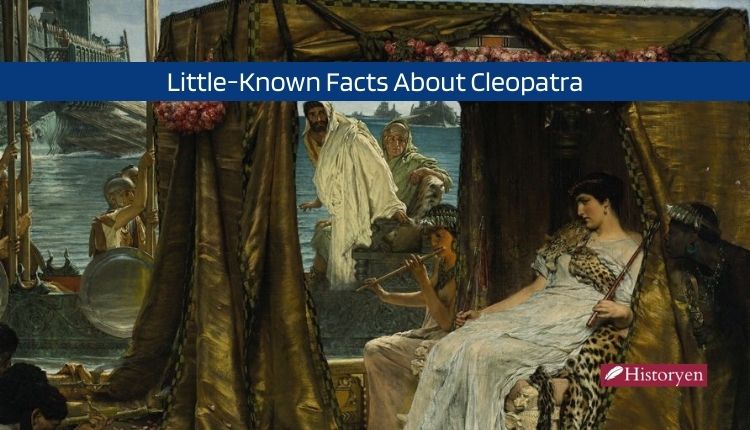Cudjo Lewis, One Of America’s Last Slave Ship Survivors
In the annals of history, there are stories that bear witness to the indomitable human spirit, tales that shed light on the darkest chapters of our past. One such story is that of Oluale Kossola, better known as Cudjo Lewis, who endured the horrors of the Transatlantic slave trade and went on to build a remarkable community in the heart of Alabama. This article delves into the extraordinary life of Cudjo Lewis, one of America’s last survivors of the slave ship era.
Abduction and Enslavement
Oluale Kossola was born in 1841 in the Banté region of West Africa, now a part of Benin. Growing up in a Yoruba community, he experienced a peaceful life with his large family. However, in the spring of 1860, his world was shattered when he was abducted by the army of the African Kingdom of Dahomey and sold into slavery at the port of Ouidah.

At that time, the importation of slaves had long been illegal in the United States. Nevertheless, there were those who continued to flout the law for their own gain. Kossola, along with about 160 other West African captives, was smuggled into Mobile, Alabama, aboard the last known slave ship, the Clotilda.
Enduring the Trials of Slavery
Upon arrival in Alabama, Kossola and his fellow captives were sold to Timothy Meaher, a businessman who managed to hide them from authorities. Stripped of their freedom and identities, they were forced to work on Meaher’s mill and shipyard as slaves.

For four long years, Kossola, now known as Cudjo, toiled under the yoke of slavery. He adopted his new name, given by the Fon and Ewe peoples of West Africa, as his original name proved difficult for Meaher to pronounce. However, in 1863, slavery was officially abolished with Lincoln’s Emancipation Proclamation, although Cudjo Lewis was not initially recognized as a citizen since he was not born in the United States.
Building a New Home: Africatown

After the end of legal chattel slavery, Cudjo Lewis met a woman named Abile, who had also been brought over on the Clotilda. Together with other freed Africans, they dreamt of returning to their respective communities in Africa. However, economic constraints made their homecoming impossible. Determined to forge a new life, Cudjo Lewis and his fellow Clotilda survivors decided to create a self-contained community in Alabama, which came to be known as Africatown.

Within Africatown, they preserved their West African traditions, speaking their native languages and practicing their customs. While embracing some aspects of Christianity, they maintained their cultural heritage. Cudjo Lewis purchased a two-acre plot of land in Magazine Point, where he and his wife Abile built their lives, raising a family and perpetuating their Yoruba traditions.
Cudjo Lewis’s Legacy
Cudjo Lewis’s remarkable story garnered attention from anthropological writers of the time. He became known as one of the last survivors of the Clotilda and the only known African deported through the slave trade whose moving image exists. In 1927, author and folklorist Zora Neale Hurston conducted a famous interview and filmed Cudjo Lewis, shedding light on the cruel reality of the Transatlantic slave trade.
Cudjo Lewis passed away on July 17, 1935, at the age of 95, leaving behind a legacy of resilience and cultural preservation. His life serves as a poignant reminder of the horrors of the slave trade and the strength of the human spirit.
Conclusion
The story of Cudjo Lewis stands as a testament to the resilience and determination of those who survived the brutalities of the Transatlantic slave trade. From his abduction in West Africa to his creation of Africatown in Alabama, Cudjo Lewis defied the odds and nurtured his cultural heritage. His legacy endures, inspiring generations to remember and confront the dark chapter of history that shaped the United States.



